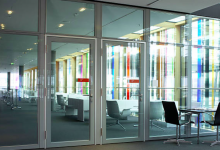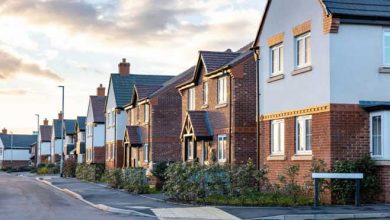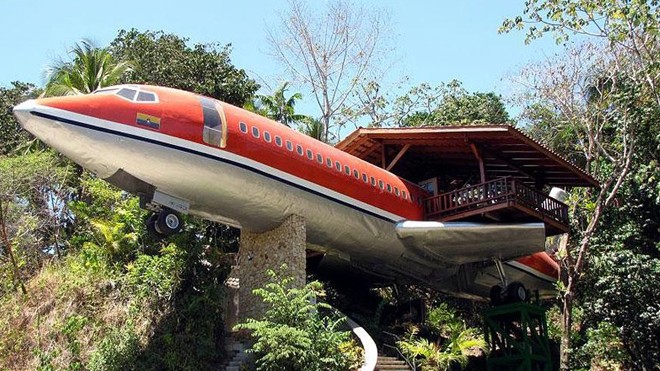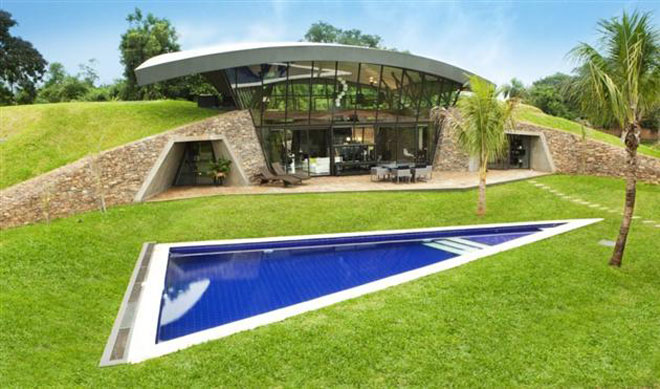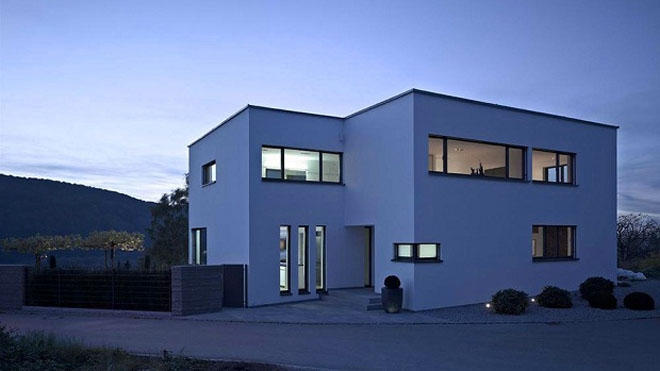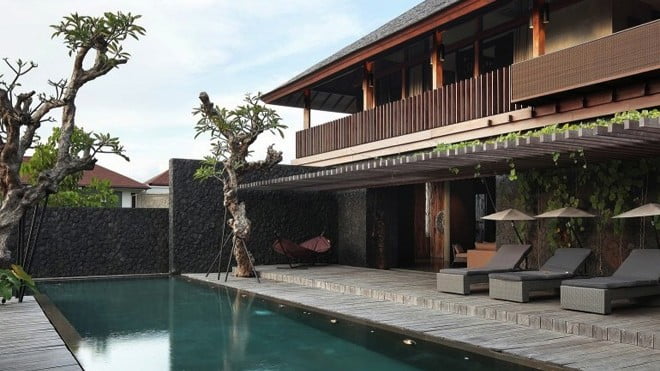Energy efficiency and renewable energies are increasingly encouraging homes to be greener and care more about the environment. Ecological homes are those whose energy consumption is minimal and hardly generate any impact on the environment, both in terms of emissions and waste. So you will not need to carry out waste removal very often as they will be generated less and you will care more about the environment.
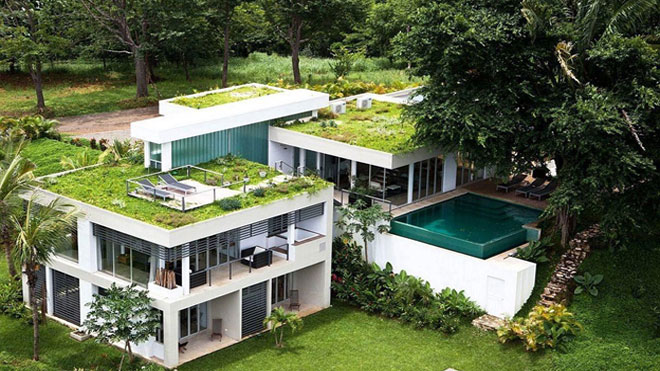
But to build an ecological house we must first know which materials are suitable for it and which do not produce environmental impacts, both in their construction and in their use. In addition, there are several types of eco-houses depending on where they are built, the material used, the function you want to give them, and so on. Do you want to know more about ecological homes?
Characteristics of ecological houses
The first thing before we know the types and changes that exist in ecological homes, we will know their characteristics and how they work. An ecological house is a dwelling that benefits from the natural resources of the sun and the earth and this also respects the environment both during its construction and after it is finished.
For it to be able to optimize resources to the maximum both in its construction and in its phase of use, the design of ecological houses must be sophisticated and meet certain requirements, such as:
Bioclimatic design
A house that has a bioclimatic design is capable of optimizing the resources provided by the environment as much as possible, such as the hours of sunlight and heat emitted by the earth to heat the house and, in turn, the electricity of air to ventilate and cool the house.
To insulate walls from sudden outside temperature changes, these bioclimatic designs are characterized by having a much greater insulation thickness than conventional ones. In this way, neither external heat nor cold can penetrate inside the house and the internal temperature can not be kept more stable without the need for air conditioning or heating equipment.
Already the fact of saving with insulation offers energy advantages, as we are avoiding greenhouse gas emissions into the atmosphere from excessive use of electricity to heat or cool the house. With this isolation, we will help to combat climate change.
The bioclimatic design also has the right orientation to capture as much solar radiation as possible. Especially the orientation to the south is usually the one that perceives the most sunlight. In addition, this heat can be stored by materials with thermal inertia, capable of retaining heat during the day and releasing it at night when it is colder.
To generate can be placed air currents that ventilate and indoor air yards so that ventilation is passed to all rooms of the house.
An eco-house could include some or all of the following:
- High levels of insulation
- High levels of airtightness
- Good levels of daylight
- Superior double or triple-glazed windows
- Passive solar orientation — glazing oriented south for light and heat, and minimum north-facing glazing to reduce heat loss
- Thermal mass to absorb that solar heat
- Brise soleil, deep overhangs, air conditioning and other features to manage to overheat
- Heating and hot water provision from a renewable source (such as solar panels, heat pumps or biomass)
- A healthy indoor environment, which may include mechanical ventilation with a heat recovery system in a highly airtight home
- Specifying electricity from a ‘green’ supplier
- Renewable energy systems, such as solar PV and solar thermal
- Natural materials and avoidance of plastics
- Rainwater harvesting and greywater collection
- Living off-mains.
Respect for the environment
Another characteristic that ecological houses meet is that their materials are environmentally friendly. That is, the materials with which they are built are natural, recyclable or recyclable and have a small ecological footprint. In addition, we try to use materials that require little energy, both in their production and in their transportation.
In addition, we add to these materials that they respect not only the environment but also the health and well-being of people. This is because the materials with which ecological houses are built do not contain chemicals or toxins that can affect our health and do not change the magnetic fields inside the house, helping to achieve a good environment inside.
Hygroscopic materials, for example, regulate humidity naturally, so mucous membranes and respiration will not be affected by too high or low humidity.
Types of ecological houses
There are different types depending on the materials with which ecological houses are built. One important thing to keep in mind is that a home requires many different types of materials and it is very difficult for altogether to meet the characteristics described above.
For example, wooden and brick houses can meet the mentioned characteristics depending on whether their construction is respectable to the environment and the people living in it. However, concrete houses do not meet the criteria of natural and healthy material, as concrete itself contains toxic ingredients in its composition that are neither ecological nor healthy. But you can analyze these houses to see how green the house can be.
